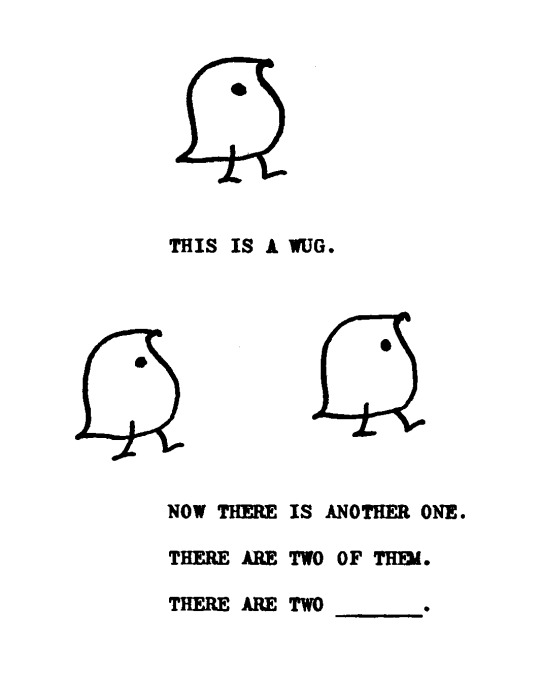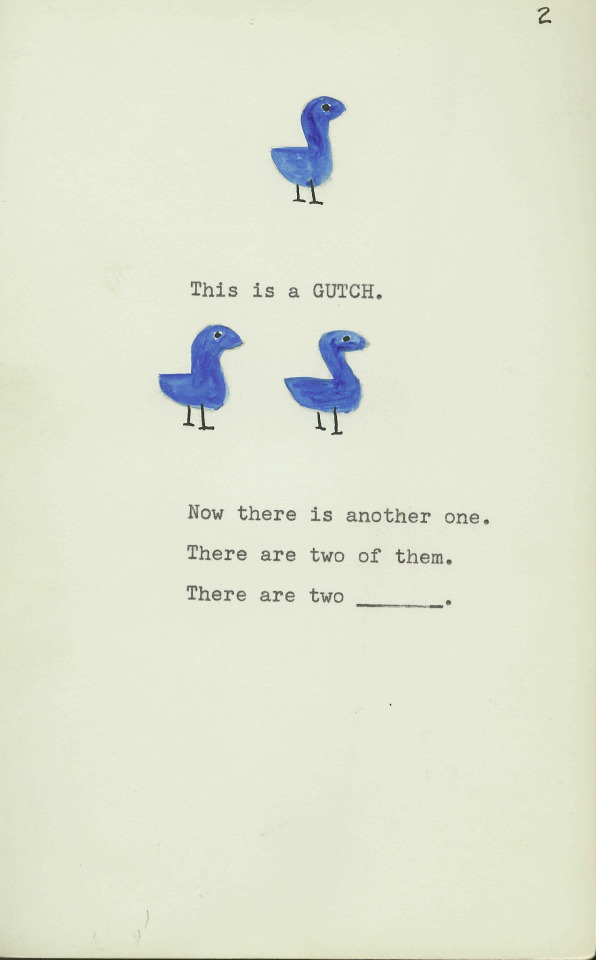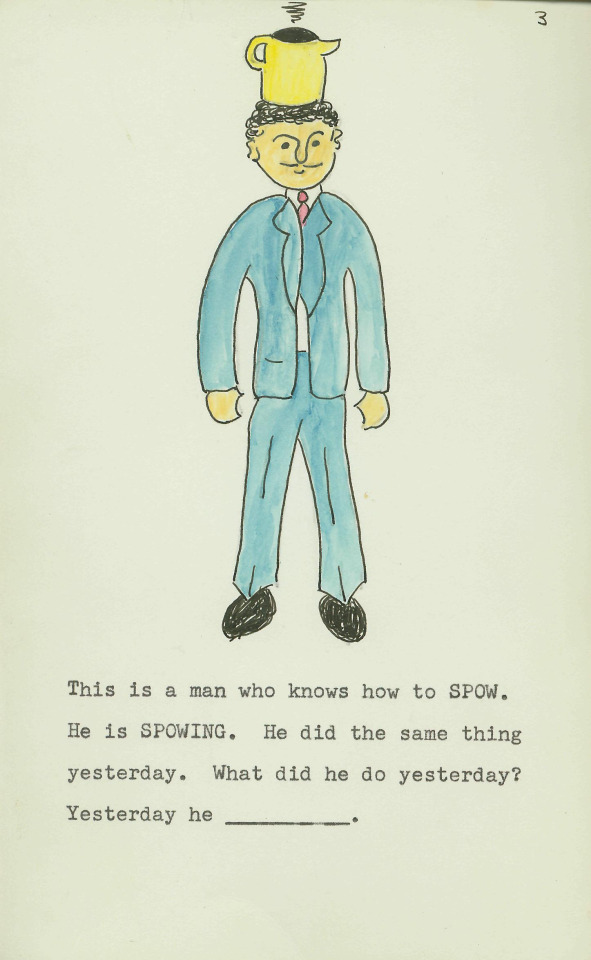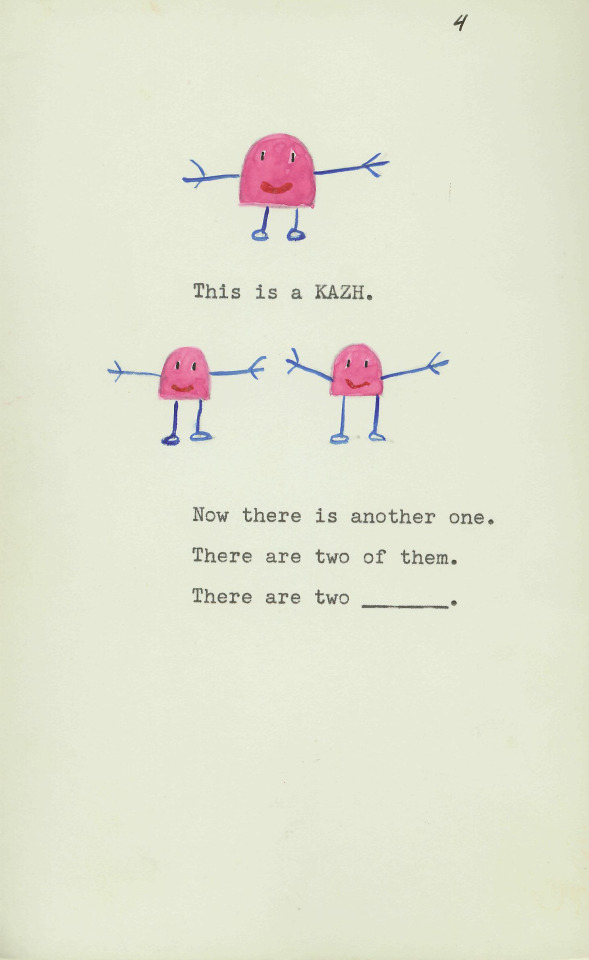Text




DONATE TO THE SAMEER PROJECT 🕊️


Mosab Emad Ali, part of the heart of the Sameer Project, was also martyred recently. The organizers could use all the support they can get right now.
7K notes
·
View notes
Text
It's Juneteenth, I'm a Black Texan, descendant of enslaved Black Texans. Texas is the only state that fought two different wars to protect slavery and chattel slavery ended the last for it. Juneteenth to me is to celebrate that part of overt white supremacy coming to an end, but it was not the end of white supremacy. It did not stop, with the lynching, the police violence, the redlining, the environmental racism, the segregation. Juneteenth represents a good win aganist the fight against white supremacy, but it's not over.
And for this Juneteenth, I ask for help for my friends that are the victims of this same US white supremacy. Not just today, but everyday Gazans deserve any type of help that you can give them. The technology that is used to segregate and attack and police and destroy Palestinians is the same technology that is sold to Texas to be used for the border patrol and to harass and control immigrants and border communities. This is one, connected fight aganist white supremacy and US control and destruction of Black and Brown bodies. So I ask today if you could donate this, or share, to help provide for a mother and her 2 now fatherless children in Gaza, or anyone else in Gaza who needs help. Like this family with a sick baby. Just do something, especially if you got the day off.
5K notes
·
View notes
Text
122K notes
·
View notes
Text
OP: the stall owner I often order spicy 炸串zhachuan(skewers) from whipped out an impromptu Inner Mongolian grassland dance
18K notes
·
View notes
Text

360 notes
·
View notes
Text








chansonnier cordiforme
drolleries from the heart-shaped chansonnier de jean de montchenu, or chansonnier cordiforme. savoy (france), c. 1470-75
source: Paris, BnF, Rothschild 2973 (979a)
2K notes
·
View notes
Text
i’m so upset
I just realized that the reason ghosts say Boo! is because it’s a latin verb
they’re literally saying ‘I alarm/I am alarming/I do alarm!!
I can’t
514K notes
·
View notes
Text
Oh I’m an asshole.
So today pulling into Stop and Shop, this lady cut me off and nearly drove into me, and then, when I tried to pass her, she swung to the right and nearly hit me again, and then flipped me off.
So somebody is having a bad day and taking it out on me. That’s fine. It’s harmless, and I don’t know what’s going on in this woman’s life. I’ll give her the benefit of the doubt she’s not just a piece of shit and is just having a bad day.
But then I park and she follows me, and gets out of the car and starts swearing at me and getting in my face.
Now I go from “indifferent” to “I’m gonna fuck with this woman’s head.” Now I would say I’m a gentleman of size, and in all black and bemohawked I probably look spookier than I actually am, so props to this lady for getting in my face. Now of course I’m not going to hit her, or even threaten violence. That’s shitty. Nobody should get threatened with violence.
Instead, I take a step back, narrowing my eyes like I’m studying her face really closely, and then I touch one of the several piece of “occulty” jewelry I’m wearing (none of which, by the way, are magicked in any way at all). Then I mumble some nonsense under my breath, and then make the fig gesture and the horns at her.
She stops, wide-eyed.
“WHAT THE HELL DID YOU JUST DO TO ME?”
I chuckled, and shake my head. “Nothing at all.” I say in a not-terrible convincing voice. “But every time something bad happens to you today, you’re gonna be thinking of me.”
Then I winked at her, and walked away.
450K notes
·
View notes
Text
i’m an aspiring film watcher
8K notes
·
View notes
Text
What is a ‘wug’?
If you’ve been to linguist tumblr (lingblr), you might have stumbled upon this picture of a funny little bird or read the word ‘wug’ somewhere. But what exactly is a ‘wug’ and where does this come from?
The ‘wug’ is an imaginary creature designed for the so-called ‘wug test’ by Jean Berko Gleason. Here’s an illustration from her test:

“Gleason devised the Wug Test as part of her earliest research (1958), which used nonsense words to gauge children’s acquisition of morphological rules—for example, the “default” rule that most English plurals are formed by adding an /s/, /z/ or /ɨz/ sound depending on the final consonant, e.g., hat–hats, eye–eyes, witch–witches. A child is shown simple pictures of a fanciful creature or activity, with a nonsense name, and prompted to complete a statement about it:
This is a WUG. Now there is another one. There are two of them. There are two ________.
Each “target” word was a made-up (but plausible-sounding) pseudoword, so that the child cannot have heard it before. A child who knows that the plural of witch is witches may have heard and memorized that pair, but a child responding that the plural of wug (which the child presumably has never heard) is wugs (/wʌgz/, using the /z/ allomorph since “wug” ends in a voiced consonant) has apparently inferred (perhaps unconsciously) the basic rule for forming plurals.
The Wug Test also includes questions involving verb conjugations, possessives, and other common derivational morphemes such as the agentive -er (e.g. “A man who ‘zibs’ is a ________?”), and requested explanations of common compound words e.g. “Why is a birthday called a birthday?“ Other items included:
This is a dog with QUIRKS on him. He is all covered in QUIRKS. What kind of a dog is he? He is a ________ dog.
This is a man who knows how to SPOW. He is SPOWING. He did the same thing yesterday. What did he do yesterday? Yesterday he ________.
(The expected answers were QUIRKY and SPOWED.)
Gleason’s major finding was that even very young children are able to connect suitable endings—to produce plurals, past tenses, possessives, and other forms—to nonsense words they have never heard before, implying that they have internalized systematic aspects of the linguistic system which no one has necessarily tried to teach them. However, she also identified an earlier stage at which children can produce such forms for real words, but not yet for nonsense words—implying that children start by memorizing singular–plural pairs they hear spoken by others, then eventually extract rules and patterns from these examples which they apply to novel words.
The Wug Test was the first experimental proof that young children have extracted generalizable rules from the language around them, rather than simply memorizing words that they have heard, and it was almost immediately adapted for children speaking languages other than English, to bilingual children, and to children (and adults) with various impairments or from a variety of cultural backgrounds. Its conclusions are viewed as essential to the understanding of when and how children reach major language milestones, and its variations and progeny remain in use worldwide for studies on language acquisition. It is “almost universal” for textbooks in psycholinguistics and language acquisition to include assignments calling for the student to carry out a practical variation of the Wug Test paradigm. The ubiquity of discussion of the wug test has led to the wug being used as a mascot of sorts for linguists and linguistics students.”
Here are some more illustrations from the original wug test:



Sources:
Wikipedia, All Things Linguistic
19K notes
·
View notes
Text
a few great films that are free on the internet archive
in decent quality too!
here is the archive collection of these films so you can favorite on there/save if desired.
links below
black girl (1966) dir. ousmane sembene
the battle of algiers (1966) dir. gillo pontecorvo
paris, texas (1984) dir. wim wenders
desert hearts (1985) dir. donna deitch
harold and maude (1973) dir. hal ashby
los olvidados (1952) dir. luis bunuel
walkabout (1971) dir. nicolas roag
rope (1948) dir alfred hitchcock
freaks (1932) dir. tod browning
frankenstein (1931) dir. james whale
sunset boulevard (1950) dir billy wilder
fantastic planet (1973) dir. rené laloux
jeanne dielman (1975) dir. chantal akerman
the color of pomegranates (1969) dir. sergei parajanov
all about eve (1950) dir. joseph l. mankiewicz
gilda (1946) dir. charles vidor
the night of the hunter (1950) dir. charles laughton
the invisible man (1931) dir. james whale
COLLECTION of georges méliès shorts
rebecca (1940) dir. alfred hitchcock
brief encounter (1946) dir. david lean
to be or not to be (1942) dir. ernst lubitsch
a place in the sun (1951) dir george stevens
eyes without a face (1960) dir. georges franju
double indeminity (1944) dir. billy wilder
wild strawberries (1957) dir. ingmar bergman
shame (1968) dir. ingmar bergman
through a glass darkly (1961) dir. ingmar bergman
persona (1961) dir. ingmar bergman
winter light (1963) dir. ingmar bergman
the ascent (1977) dir. larisa shepitko
the devil, probably (1977) dir. robert bresson
cleo from 5 to 7 (1962) dir. agnes varda
alien (1979) dir. ridley scott + its sequels
after hours (1985) dir. martin scorsese
halloween (1978) dir. john carpenter
the watermelon woman (1996) dir. cheryl dune
31K notes
·
View notes
Text
"THE LETTER" (a disco Elysium animation Fan made)
"Okay, Harry. Okay... It was morning and you slept. The room smelled cigarettes and rowans. There was hoarfrost on the ground, when I left. It was autumn, the first one we had together.
But you have to understand, it was a million years ago, no... it was a "one hundred million years ago". I was someone else then.. filled to the brim with love for you. Hanging on your every word.
Oh Harry you were the "coolest"...But I am no longer that person. "This" has taken her place. It will devour you Harry.. I will eat your mind.."
2K notes
·
View notes
Text

kyaa we’re late for the conclave
14K notes
·
View notes
Text

Study of a Woman Holding Lilies by Circle of Frederick Sandys
2K notes
·
View notes

